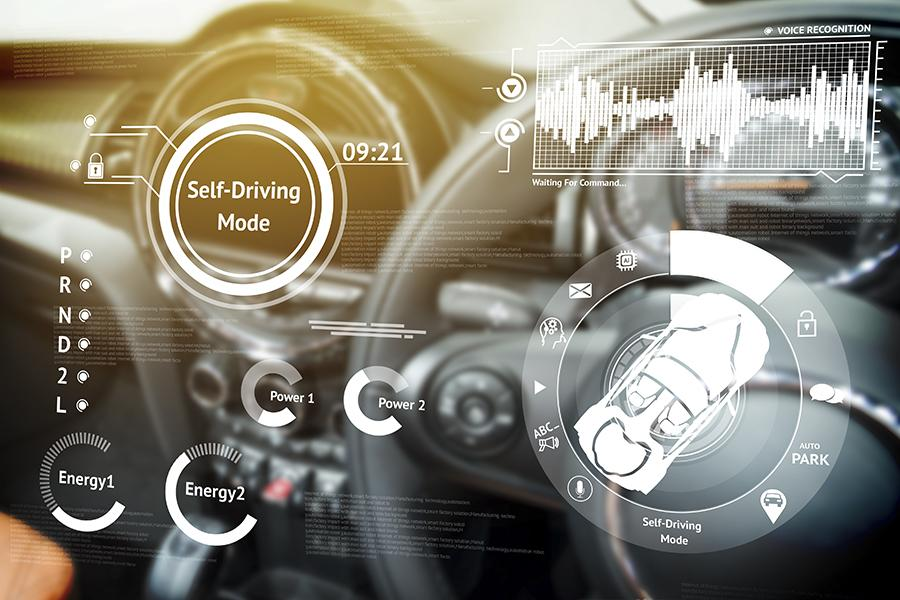
What is Autonomous Technology?
Autonomous technology is any kind of technology that can operate without being told what to do by a human counterpart. The phrase has been coiled from the overarching term of IoAT which is an abbreviation of “Internet of Autonomous things”, an emerging term for the technological developments that are expected to fuse the use of computer into our physical environment. Freely interacting with humans, without the human input.
A commonality to easily identify an autonomous technology is the fact that are all based on the principles of AI technologies and machine learning. Also known as deep machine learning.
Examples of Autonomous Technology:
Robots – by definition are autonomous (or semi-autonomous at the least), may not be what you’re thinking. Under the notion of something being robotics, people often have the misconception that we are referring to creations which function like humans – However robotics can be placed under several fields:
- Infrastructure: An example of an automatic technology in infrastructure could be the control of a river dam, that can respond to conditions to maintain water levels, preventing flooding.
- Transportation: A self-controlling car which has been trailed by the likes of Google, often referred to as a “driverless car”, uses its surroundings and datapoints to determine speed and direction.
- Agriculture: Technologies have been put in place to ‘read’ the senses of green spaces which may require more water or nutrients, thus this is deployed on the demand.
- Home Automation: This may be one of the most popular examples as there has been a huge rise in the introduction of a robotic vacuum cleaner, which can navigate on its own to spaces around a room to clean the floor.
- Architecture: Again, something that is widely used in commercial spaces (primarily in the far east) is that of windows which automatically adapt to light levels to achieve ideal temperatures.
Some of these may sound familiar, so what impact will this technology have on our daily lives? Currently as the advances of technology unravel, we will begin to see autonomous technologies continue to spread. Technology is no longer seen as a tool to ‘do things faster, better or more effectively’ – but now seen as a disruption, which has transformed everything that we do.
What does this mean for global business?
With the likes of Amazon leading by trail testing ‘drone deliveries’, Uber, the widely known taxi service experimenting with self-driving cars and Google which has rumoured to have a self-driving taxi service of their own (having experimented with the technology for years), consumerism as we know will change, business modules will reshape and the world around us will potentially require less human input.
An inevitable outcome will be the lack of jobs due to the rise of autonomous technology. In fact, between 2000 and 2015, more than 4 million jobs (in manufacturing) were lost in the United States, due to automation alone. So it is under the notion that with the advances of the technologies we see today retail workers, truck drivers, restaurant workers, manufacturing, healthcare, automobiles, and even a few jobs within the Information technology sector could all be at risk of being replaced.
Sure, there are pros with these technologies too, as with AI & Machine Learning there will be advances to process improvements reducing time and costs, less overheads could very well generate profit increase, it’s in the numbers. But at what cost to society as we know it?
